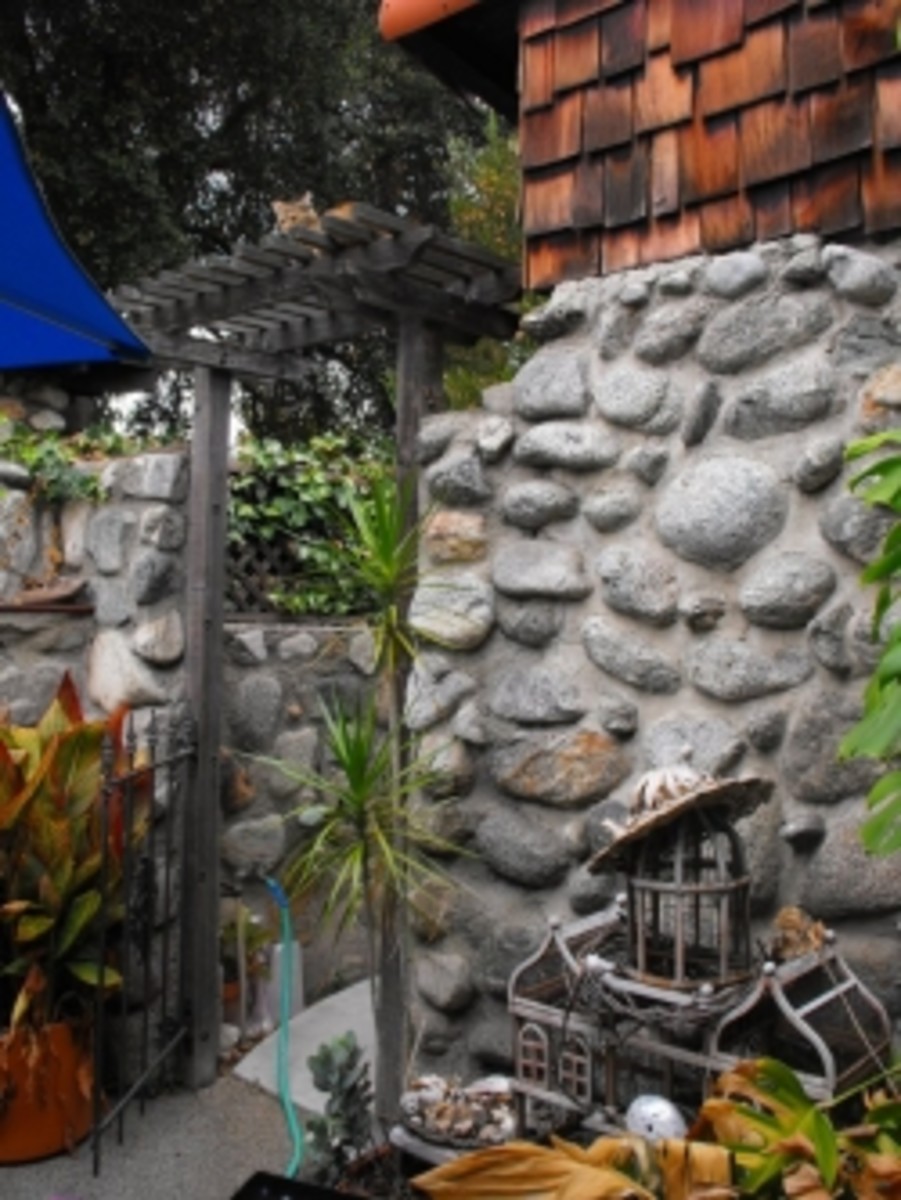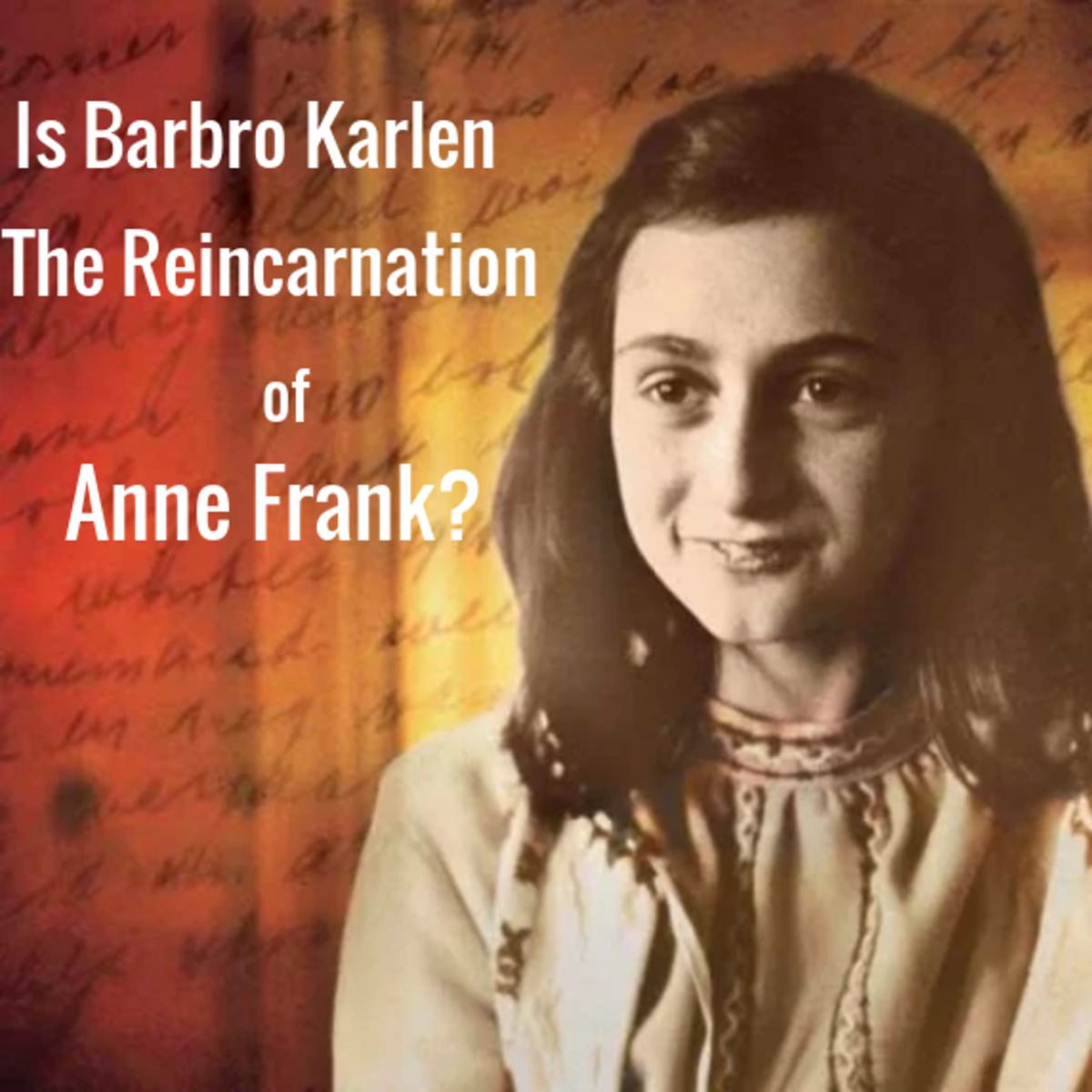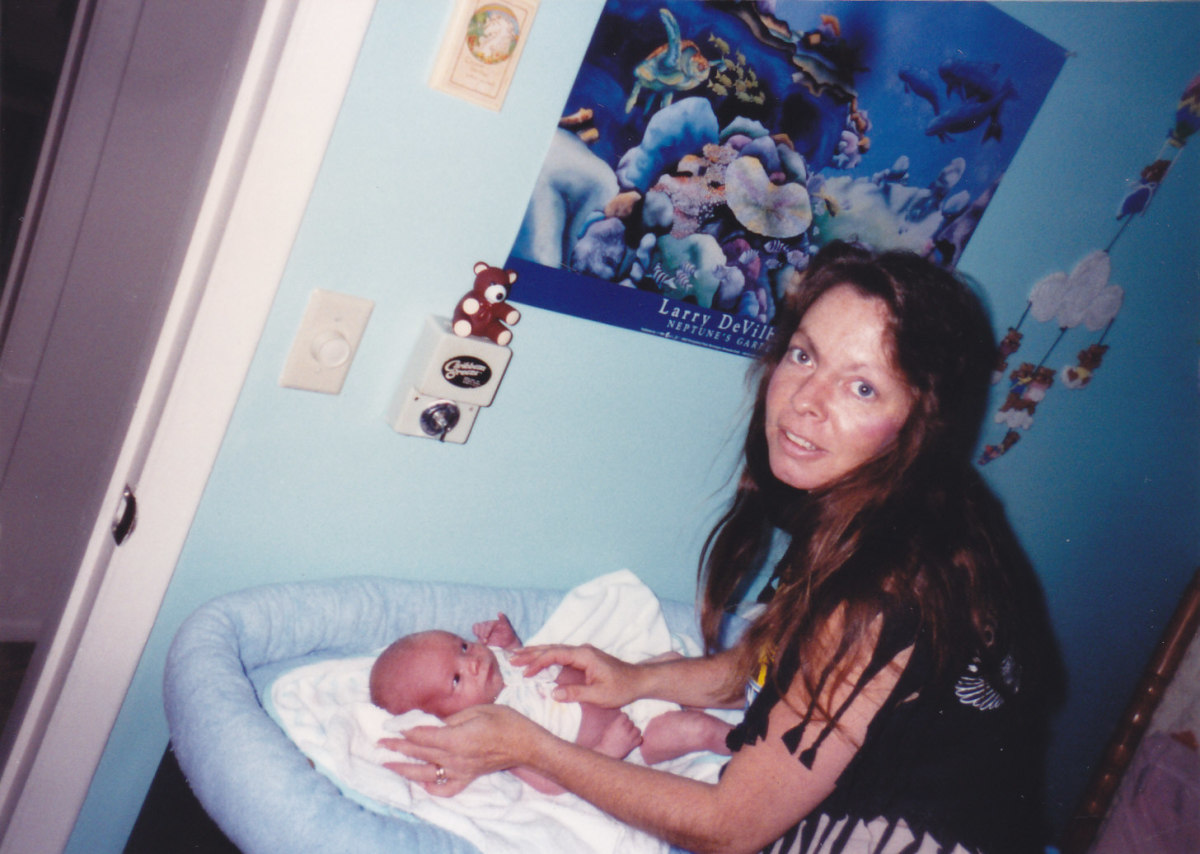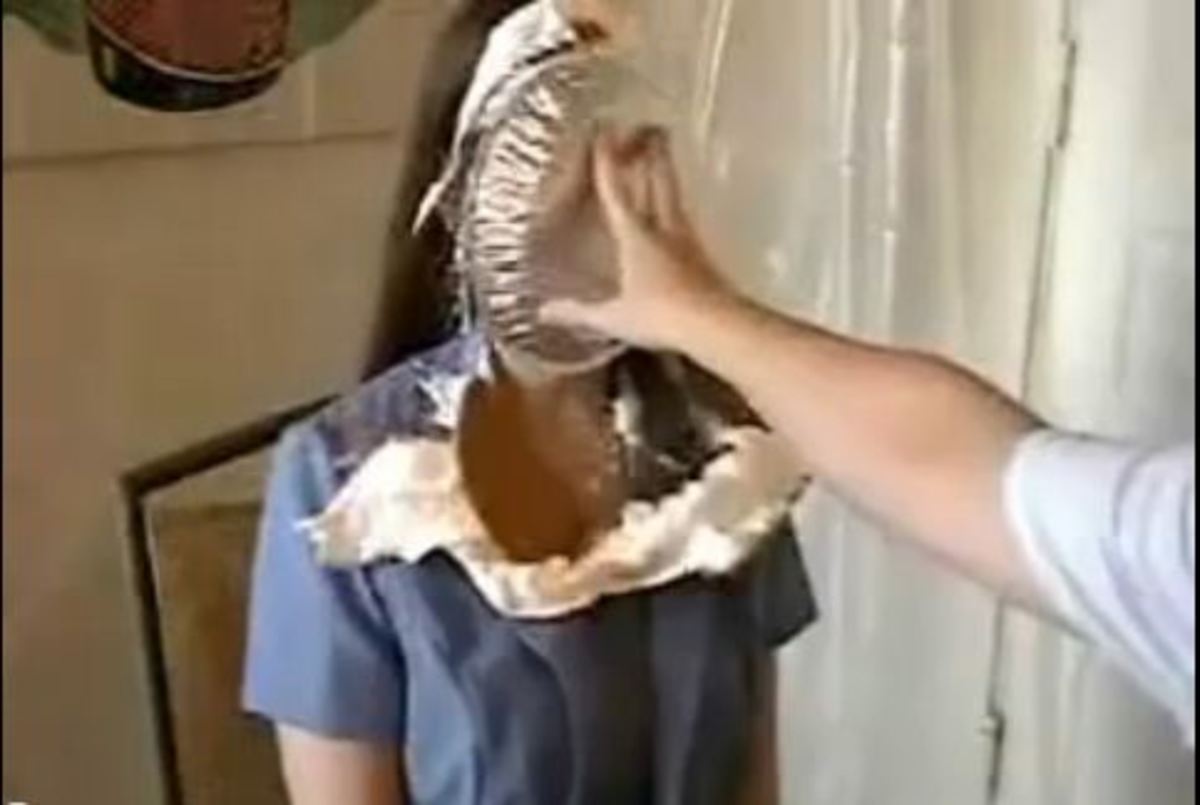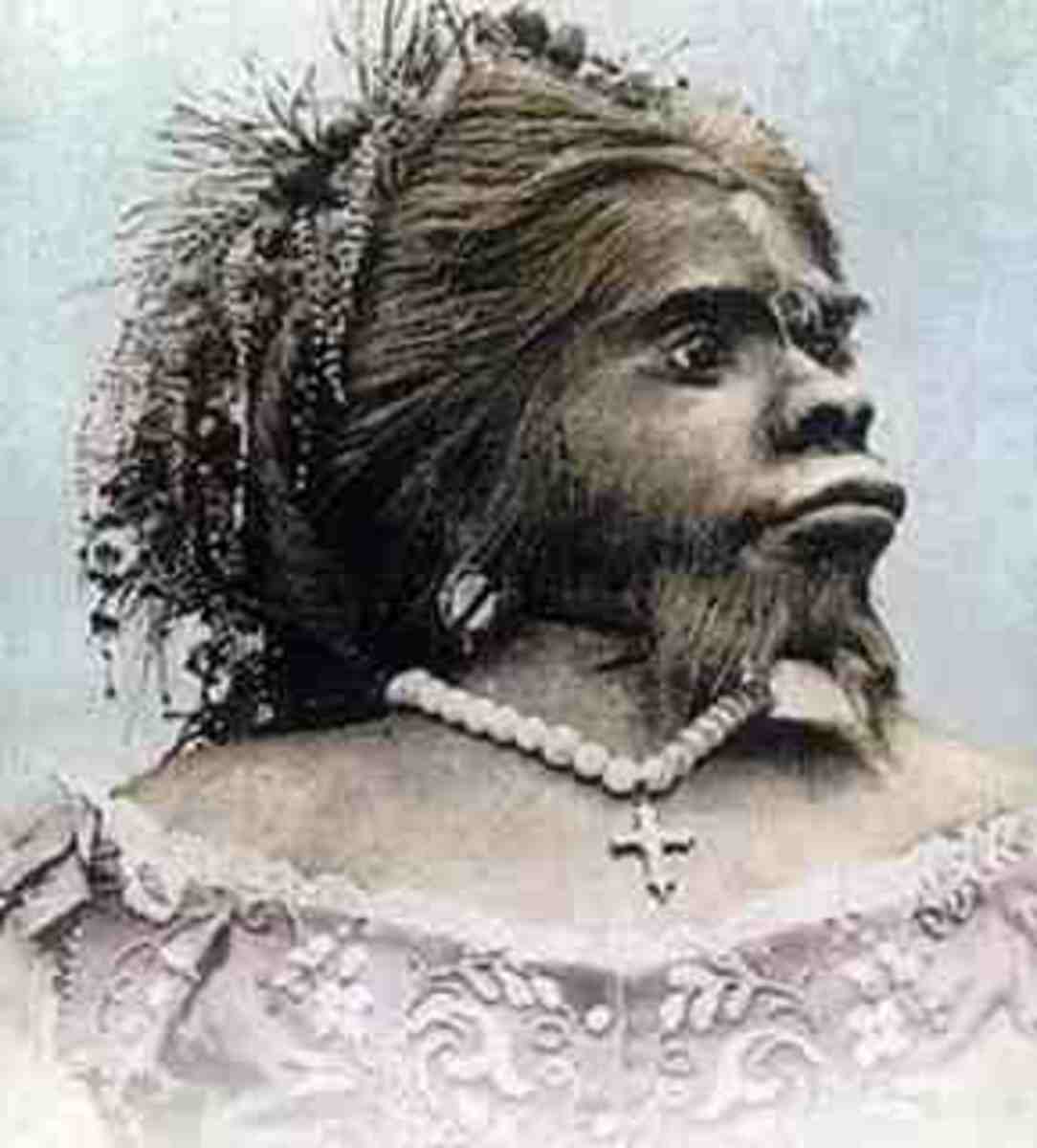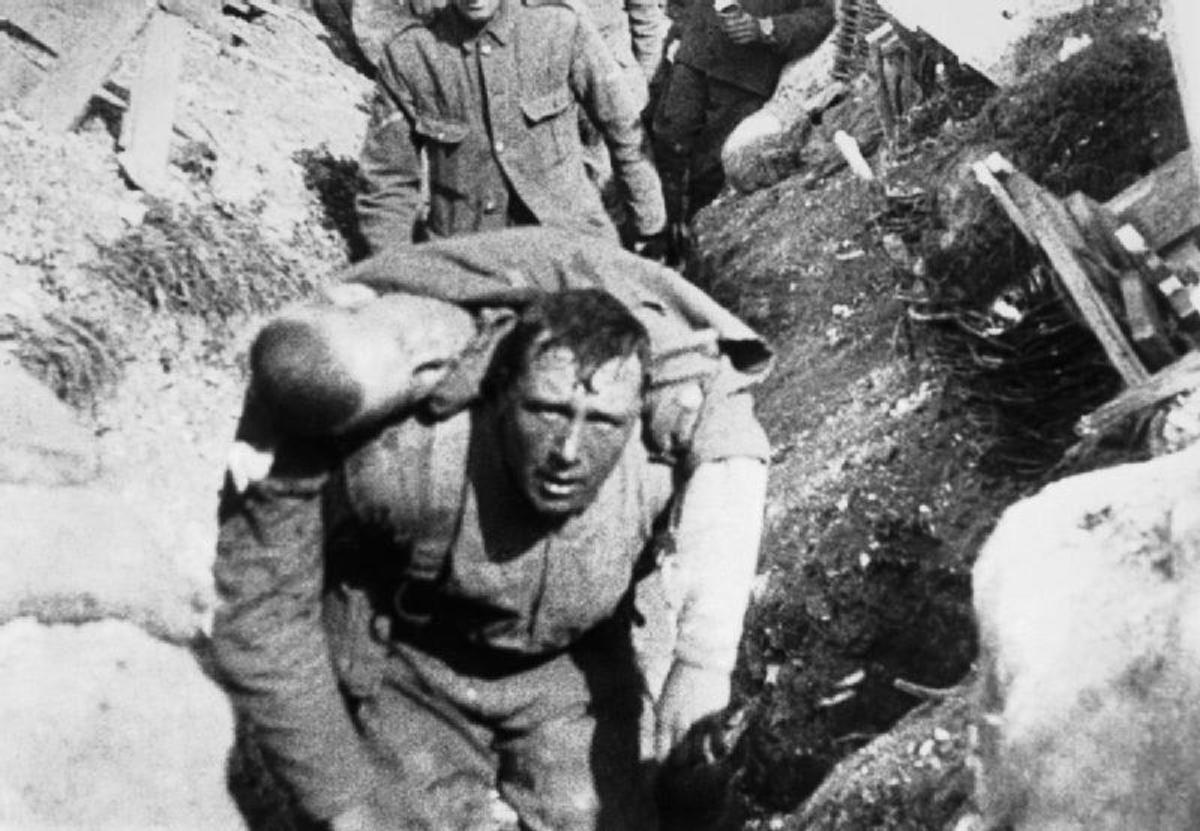- HubPages»
- Education and Science»
- History & Archaeology»
- History of the Modern Era
Viški, a Small Shetl in Latvia
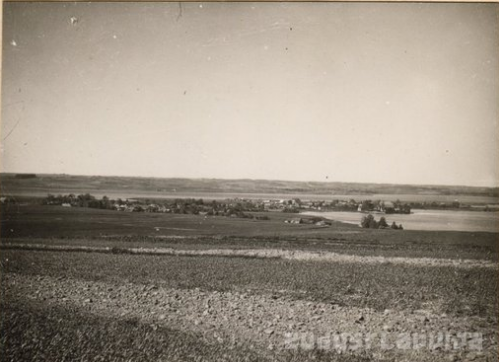
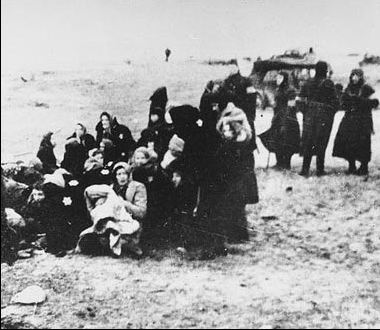
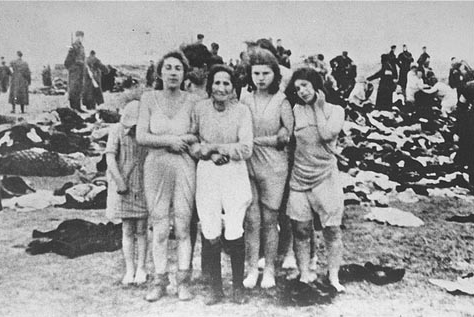
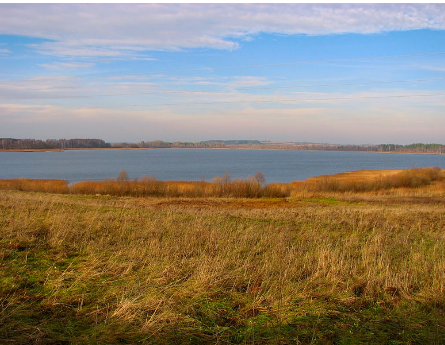
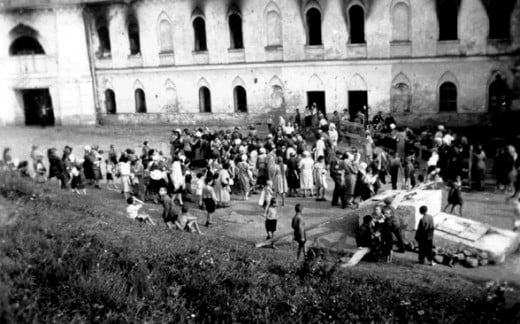
Višķi is a tiny village in Latvia in the Letgale district at the southeast end of Latvia. It hides some terrible secrets. The village was witness to some of the horrendous crimes of the Nazis. The village was a well known home for Jews. It was a sheltl after 1795 when the Polish Empire was divided by Russia, Prussia and Austria, though Jews had settled there from the mid 1600s. It was also the birthplace of Marta Skavronskaya in 1684, the woman who later became the first Tsarina in Russian history.
Year Total Pop # of Jews % Jews
1847 ? 194 ?
1897 959 668 70
1914 1200 850 est 70 est
1920 832 567 68
1925 757 510 67
1930 770 530 68
1935 750 423 56
The village of Višķi was 50 miles from Jekabpils, where her parents met,and 15 miles from Daugavpils the second largest city in Latvia. Fifteen miles is a long way when the only transportation is by foot, or by cart or carriage pulled over paths which are unpaved. Fifty miles in an incredible distance. Her parents had to have both known someone in the town and wanted to hide from authorities. Her father was a runaway serf and her maternal grandfather was also. In that village her parents had a girl who died name Anna, and five living children; Teodorse, a second Anna, and Kārlis. Marta was the fourth living child and then they had Kristīne. Most families lost half their children in those days so the family was quite lucky. Being out in the country probably kept the worst diseases away. As the Tsarina she would lose 10 of 12 children.
Her parents later died of the black plague that came out of Vienna to that village.
The name of the town according to some sources is “trading place” or “market square”. This is from Sanskrit which is said to be close to Latvian. Others say it means separate or remote which it was.The name translates to this in Latvian. At any rate it was a very small place,at the end of nowhere. There were two lakes there, Lukna and Dotkas, this meant a poor person could fish and not starve, bathe in summer, and do laundry. The soil was good.The village appears to be in a very flat place but there are hills and valleys in the area.
There were only 10 households in 1684, and even at its largest the town had less than 1200 people. In the early days land could be had for the trouble of putting up a cabin.
There were already Jews in the area from the middle of the 17th century. But there was a Catholic church, outside of town, the original St John the Baptist, rebuilt many times. It was made of oak logs in 1621 when it was first constructed by Andrew and Elizabeth Mols or Maulwurf which is the German version of the same name. It is thought that Marta Skavronskaya was baptized a Catholic at birth, though she was raised by a famous Lutheran missionary, and became a Russian Orthodox when she married Peter the Great.
The majority of the inhabitants were Jews however, after the 1800s when it became part of the 'pale”. Jews who had been free in the Polish-Lithuanian empire were suddenly restricted to certain areas. They were merchants or in trade and they were forbidden to live outside of towns or own land, by the Russian government. On February 19, 1866 it was officially made a village by the Russian empire. Latvia became independent around 1918 and achieved a very high standard of living until the second world war.
At the start of World War II there were 58 stores and 50 of these were owned by Jews. There was a good relationship between the Jews and regular Latvians. Russia took over again bringing terror and purges in 1939, and when the Russians broke with Hitler, they went to war with Germany. The village of Višķi was captured in 1941. In April and May of that year the 'final solution' was determined. General-Major V. Shtalker carried this out in Latvia. The first German army treated Latvians well. Once they were entrenched, the next group terrorized the locals and killed the Jews. They entered with two tanks and fired on the bystanders. More Germans came on motorcycles and locked up Jews and robbed them, but they were released. After this the Jews set up a patrol to protect the shops. The command center for Višķi was set in the local pub and and the fire station was turned into a detention center for 'communists'.
The first group of 100 Jews from 17 to 60 actually went to Daugavpils on foot, where there was a ghetto and later a concentration camp which was infamous for its bad conditions. Many buildings had no roofs. Upon arriving in the city, the goods of people from surrounding areas including Višķi, were confiscated in the city jail. They were then put in the ghetto and then concentration camp. Two groups of women and children were sent away after that. The local police participated but did not mistreat them.
On August 2nd the Jews of Oglomlya passed through Viski. They were told they were being transferred to another camp. In reality they were going to be executed. Those imprisoned in the fire station as communists were told if they participated in the shootings of Jews and gypsies, they would be freed from custody. Jews were sent to Kalnavishki clay quarry along with the gypsies who were caught in Vishki. They were told to carry shovels with them. On a hill (Slapjš Kalns), they were ordered to dig a pit by the road, and there they were shot. In early Spring 1942 water flooded the Kalnavishki clay quarry and body parts started to appear.
Other Jews of the town were betrayed and murdered in the Pogulianka forest. They were prepared for transport and even told there would be a doctor. They were then murdered. At about 10:00 in the neighboring villages, the locals heard machine-gun shots. After a couple of hours everything became quiet again.
When the German army left, Kalnavishki road was closed. The bodies found in the pits were burned. People can still recall the stench.
Some few Jews escaped by hiding or fleeing the area.
In July 1944 the village was liberated by Russia.

